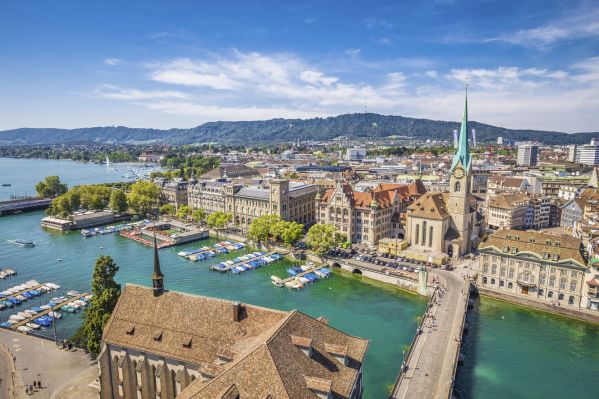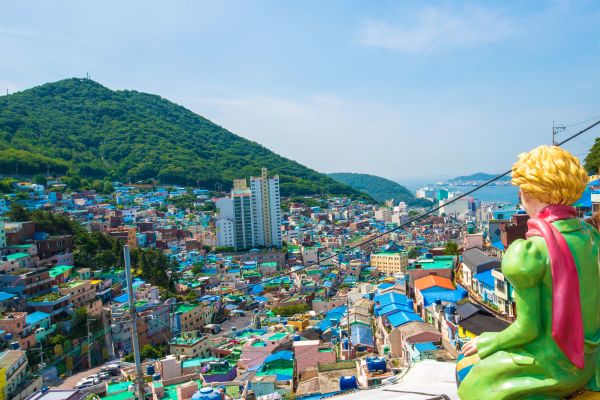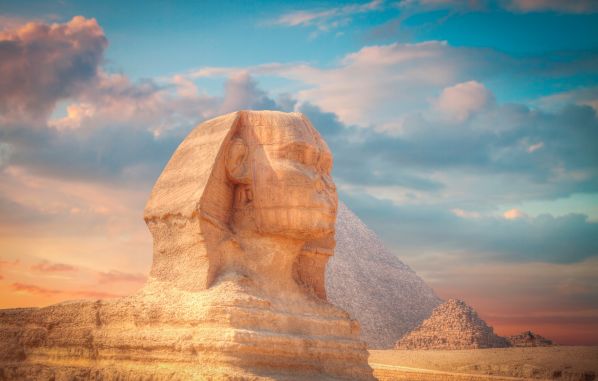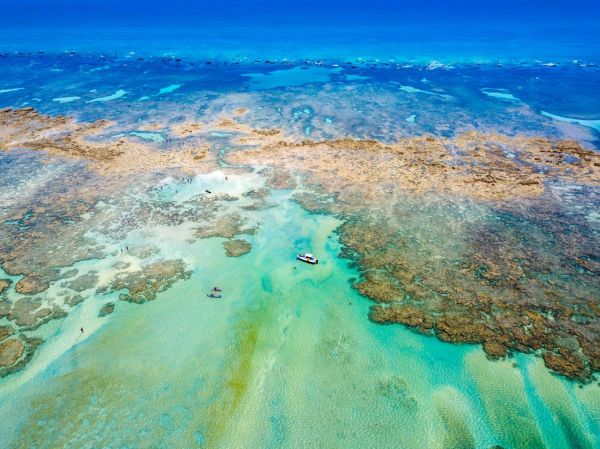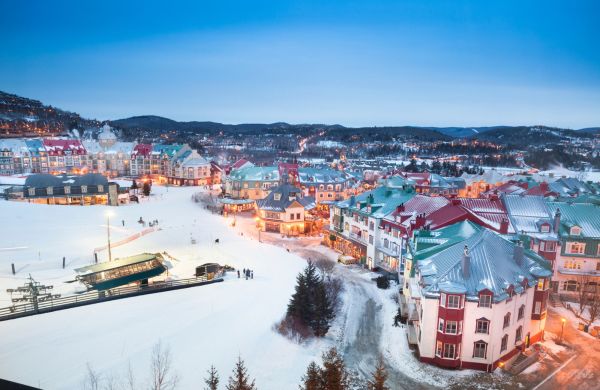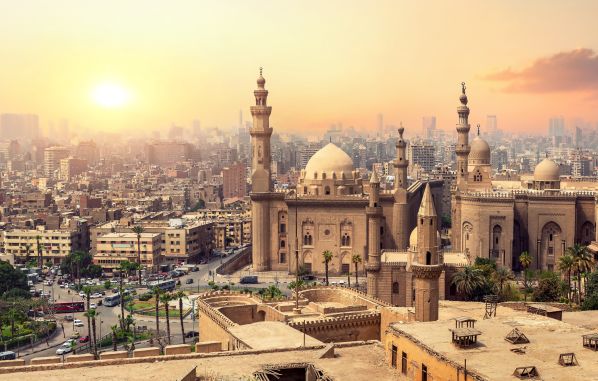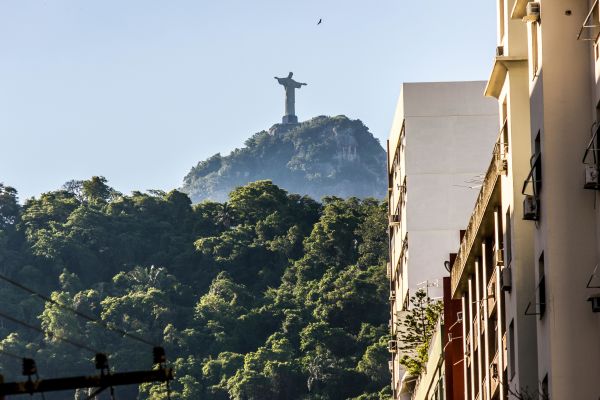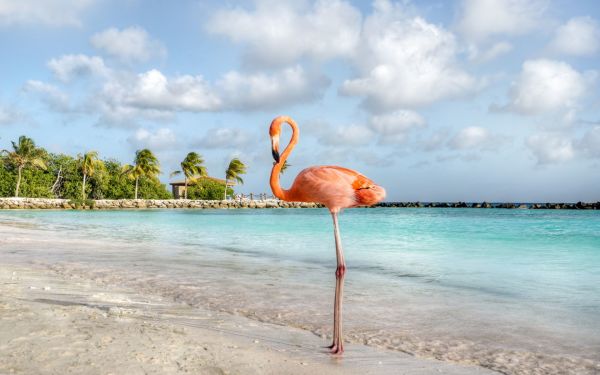Everything you need to know to see the Great Migration in Africa

Some call it nature's ballet. Africa , a majestic continent, is home to one of Earth's most astonishing phenomena: the Great Migration in Kenya and Tanzania . This breathtaking annual event, featuring thousands of wild animals, has become a unique tourist attraction that captivates visitors from all over the world.
The Great Migration is a cyclical movement of huge herds of wildebeest, zebras, gazelles and antelopes across the vast plains of the Maasai Mara National Reserve in Kenya and the Serengeti National Park in Tanzania.
Africa's unique geography, with its rugged terrain and winding rivers, has sculpted the perfect setting for this annual event. This mass migration has persisted through time, withstanding climatic challenges and facing evolution. Each year, nature reinvents itself, offering a truly spectacular sight that has remained virtually unchanged for centuries.

This natural ballet, which occurs mainly between June and October , is divided into three fundamental stages, each with its own charm and challenges due to climate change.
The protagonists and stages of the Great Migration
The first stage of the Great Migration, known as the rainy season (December-March), marks the beginning of the migratory cycle. The rains nourish the land, providing fresh, lush pastures that attract the herds. Wildebeest give birth during this period, creating a tender and moving scene amidst the wilderness.
The second stage, the dry season (April-September), sees the herds cross crocodile-infested rivers and face hungry predators in search of greener pastures. This challenge adds excitement and tension to the spectacle, making the Great Migration an unparalleled drama.
The final stage, the return season (October-November), marks the herds' return to their home areas. This perpetual cycle of movement is essential for the balance of the ecosystem and represents the ceaseless struggle for survival in the African wilderness.

Wildebeest are the true pioneers of this epic journey, closely followed by zebras, who lend their striped grace to the crossing. Antelopes, with their agility, complete this symphony of movement.
These species, as a whole, embody the resilience, adaptability, and interconnectedness of life on the African savanna. The Great Migration is not only a physical journey, but also a spiritual one that connects these species to their ancestral roots.

You might also be interested in: Africa's Big 5: what they are and where to find them
The boost to tourism in Africa
The Great Migration has become a key driver for African tourism . Thousands of travelers from around the world venture to Kenya and Tanzania to witness this unique phenomenon.
What makes the Great Migration so irresistible? The answer lies in the unparalleled experience it offers . The opportunity to witness the massive movement of wild animals in their natural habitat is an experience that leaves an indelible mark on visitors' memories.

Safaris have been prepared for the observation of the Great Migration, offering a unique perspective of African wildlife, giving tourists the opportunity to connect intimately with nature.
The Great Migration is not only a visual spectacle, but also a lesson in the resilience, cooperation, and beauty of wild animals. Tourists not only witness this phenomenon but also immerse themselves in Africa's rich culture, interact with local communities, and contribute to the conservation of these unique ecosystems.
Are you ready to discover Africa?
You might also be interested in: Amsterdam in 24 hours: Everything you can see in one day


